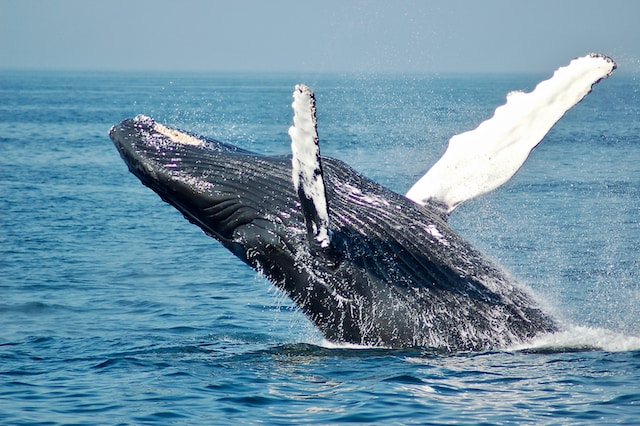Introduction: As colossal inhabitants of the ocean, whales have evolved a remarkable array of feeding strategies to sustain their massive bodies. From filter-feeding baleen whales to toothed whales with specialized hunting techniques, these marine giants demonstrate the incredible diversity of dietary adaptations in the animal kingdom. In this article, we explore the fascinating diet of whales, delving into what they eat and how they hunt to satisfy their enormous appetites.
- Baleen Whales: Masters of Filter-Feeding: Baleen whales, belonging to the suborder Mysticeti, are renowned for their unique feeding method known as filter-feeding. Instead of teeth, they possess baleen plates hanging from their upper jaws, which act as filters to capture large quantities of tiny prey. Some key species of baleen whales and their dietary preferences include:
- The Blue Whale: The blue whale, the largest animal on Earth, primarily feeds on krill, a tiny shrimp-like crustacean. These colossal creatures engulf enormous volumes of water, straining it through their baleen plates to capture massive quantities of krill.
- The Humpback Whale: Humpback whales employ a technique called bubble-net feeding. Working in groups, they create a ring of bubbles around a school of fish, corralling them into a concentrated area for easier feeding. This cooperative hunting strategy allows multiple individuals to benefit from the concentrated prey source.
- Toothed Whales: Agile Predators of the Sea: Toothed whales, known as Odontoceti, possess sharp teeth and exhibit a range of hunting techniques suited to their carnivorous diet. These whales target a variety of prey, including fish, squid, and even marine mammals. Some notable toothed whale species and their hunting methods include:
- The Orca (Killer Whale): Orcas are apex predators and employ a diverse hunting repertoire. They hunt in coordinated groups called pods, using teamwork, speed, and intelligence to capture their prey. Their diet includes fish, seals, sea lions, and even other whale species.
- The Sperm Whale: Sperm whales, renowned for their diving abilities, prey on deep-sea squid and other cephalopods. These whales are capable of diving to great depths, where they use their echolocation skills to locate and hunt their elusive prey.
- Feeding Strategies and Adaptations: Whales have evolved remarkable adaptations to aid in their feeding strategies. Baleen whales have developed baleen plates with bristle-like structures, allowing them to trap their prey while expelling water. Toothed whales possess specialized echolocation abilities, emitting high-frequency clicks and interpreting the echoes to locate and track their prey. These adaptations, honed through millions of years of evolution, enable whales to thrive in their respective ecological niches.
Conclusion: The diet of whales spans a diverse range of prey and hunting techniques, reflecting their incredible adaptations to life in the ocean. From the filter-feeding prowess of baleen whales to the strategic hunting techniques of toothed whales, these marine giants showcase nature’s ingenuity and diversity. By understanding their dietary habits, we gain a deeper appreciation for the intricate balance of marine ecosystems and the crucial role whales play in maintaining their health. As we strive to protect these magnificent creatures, it is vital to ensure the preservation of their food sources and habitats, allowing whales to continue thriving in the vast, blue expanse of the world’s oceans.




